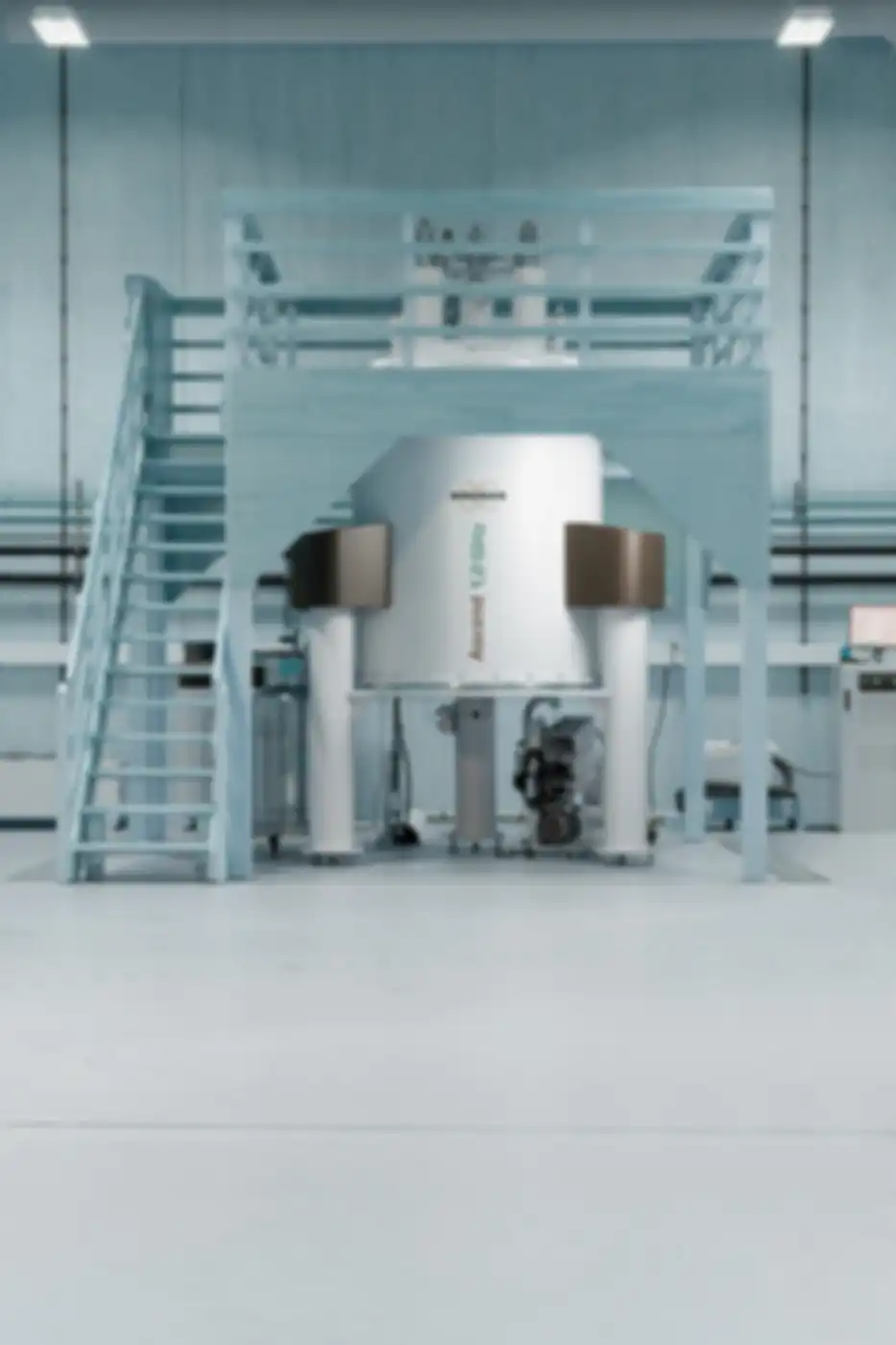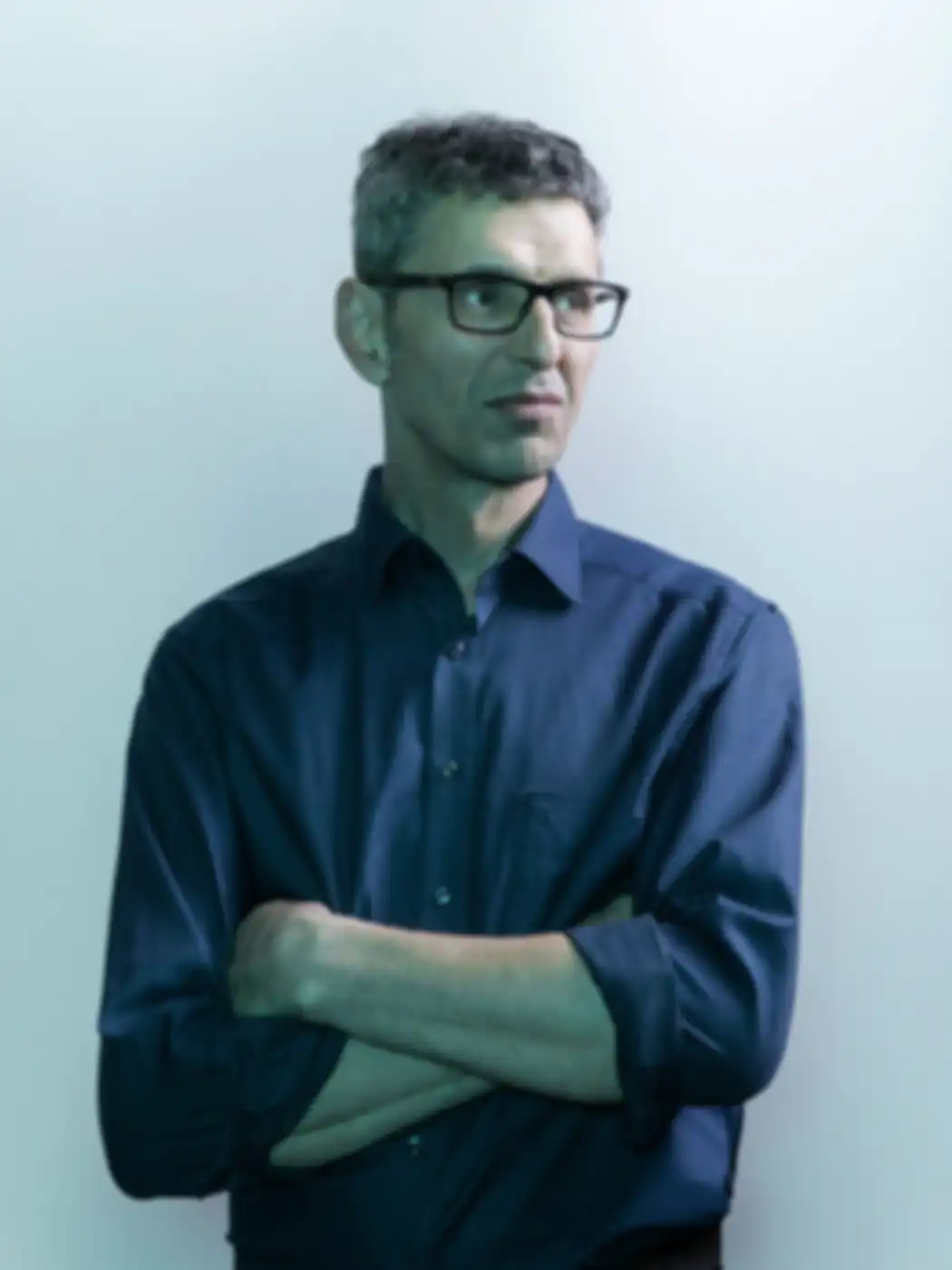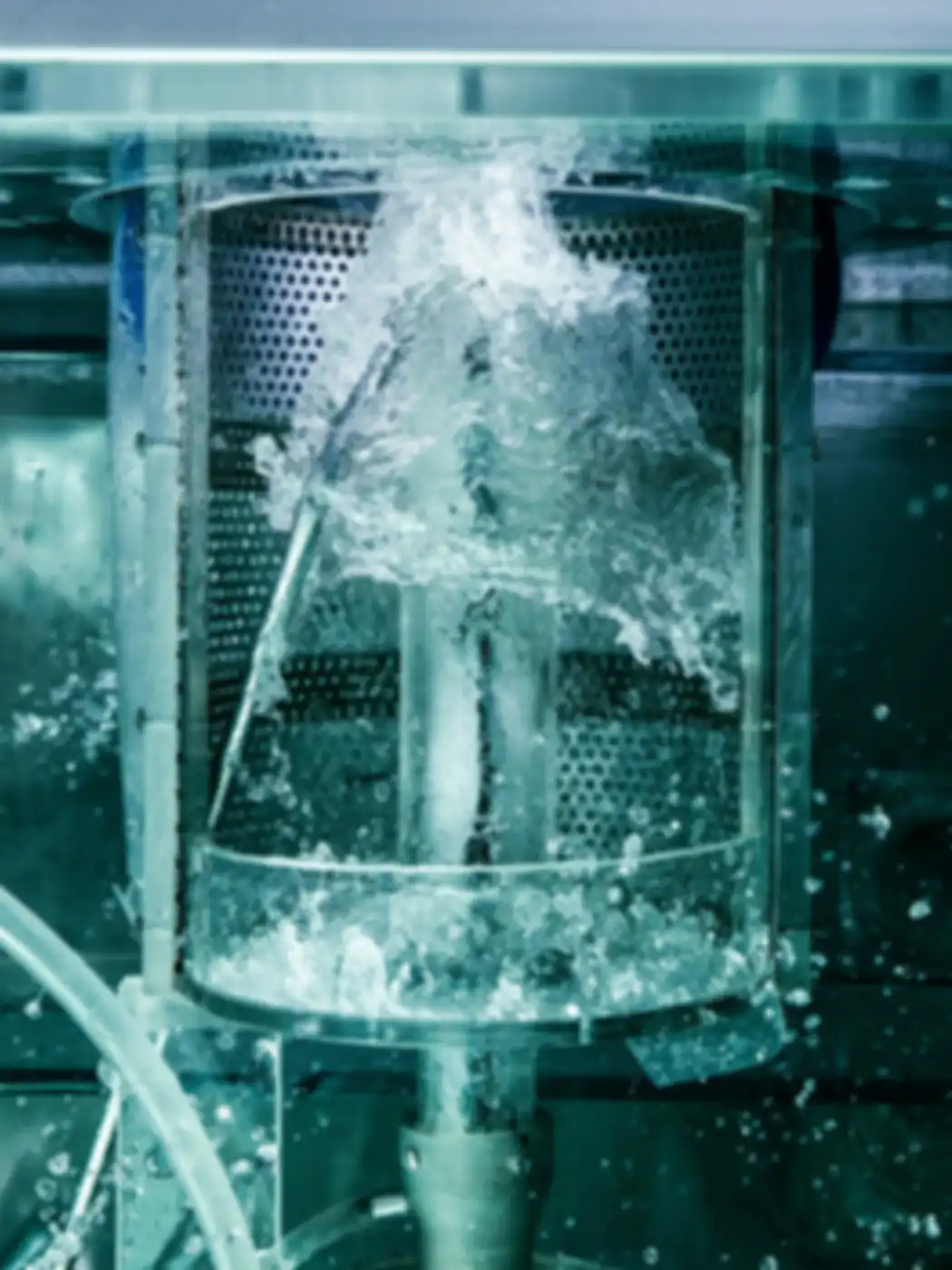IN THE FAR DISTANCE, YET SO CLOSE
Gixel is building the display module for the future of communication
The Innovator: Miro Taphanel, passionate engineer and problem cracker
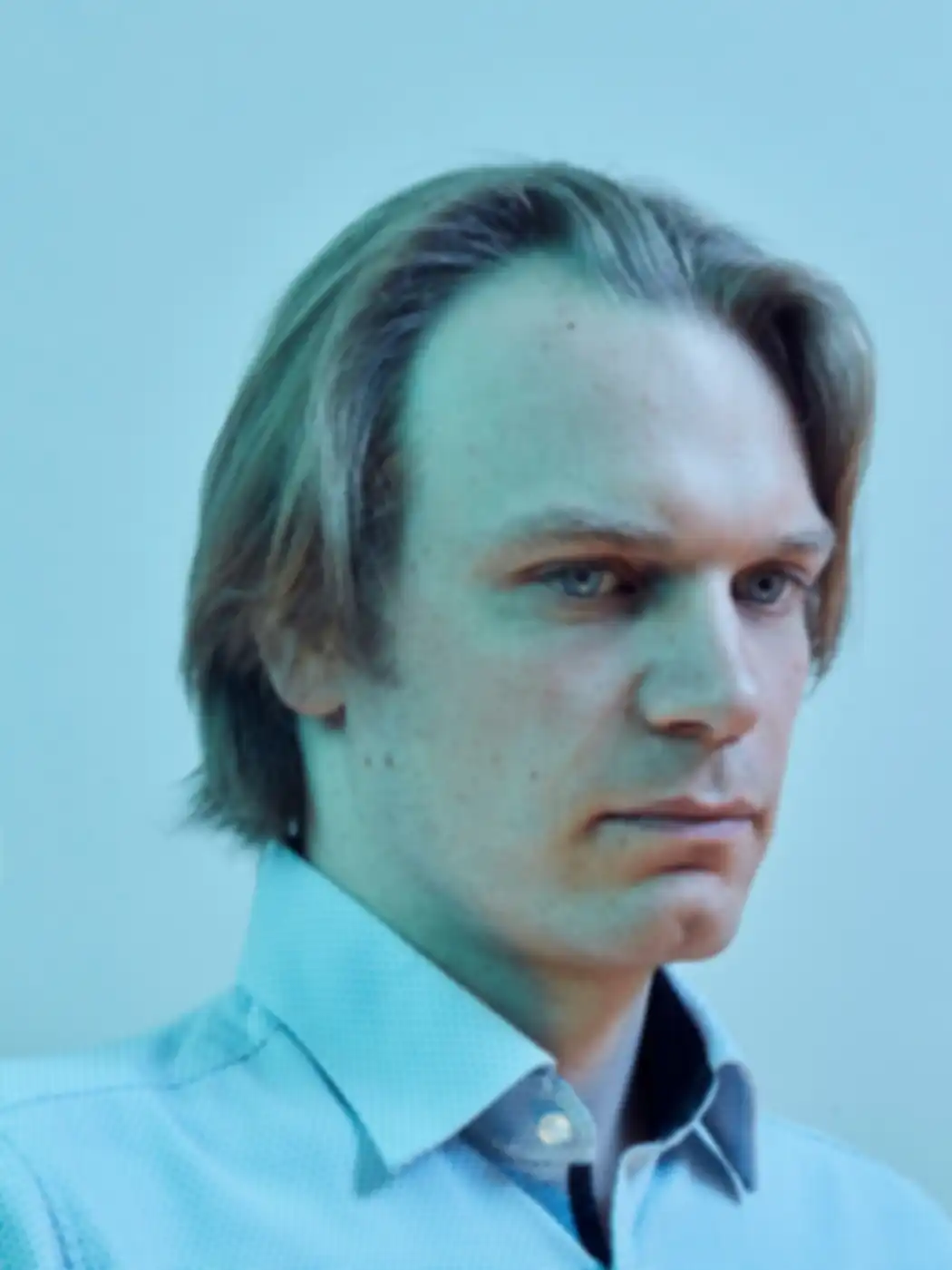
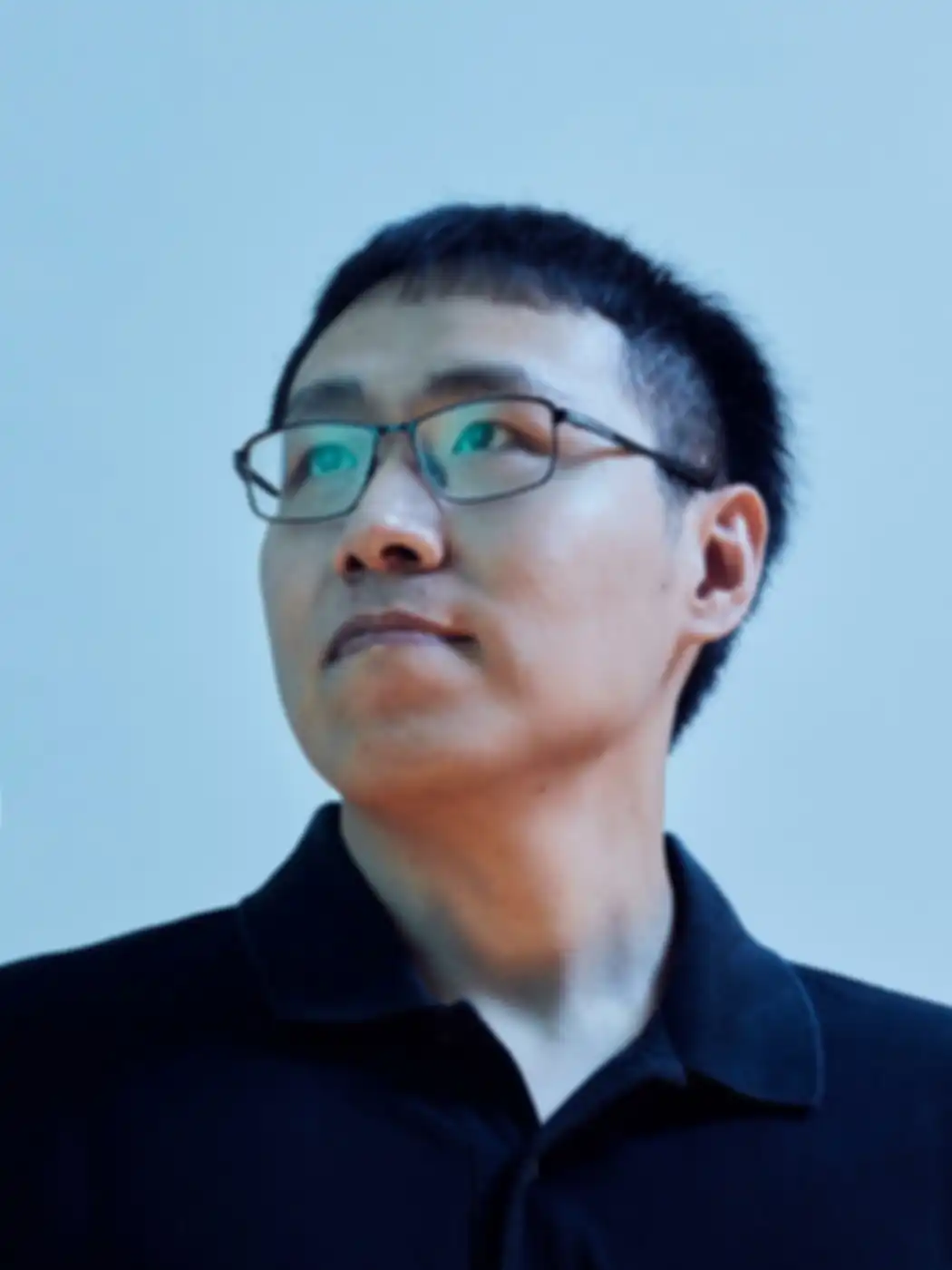
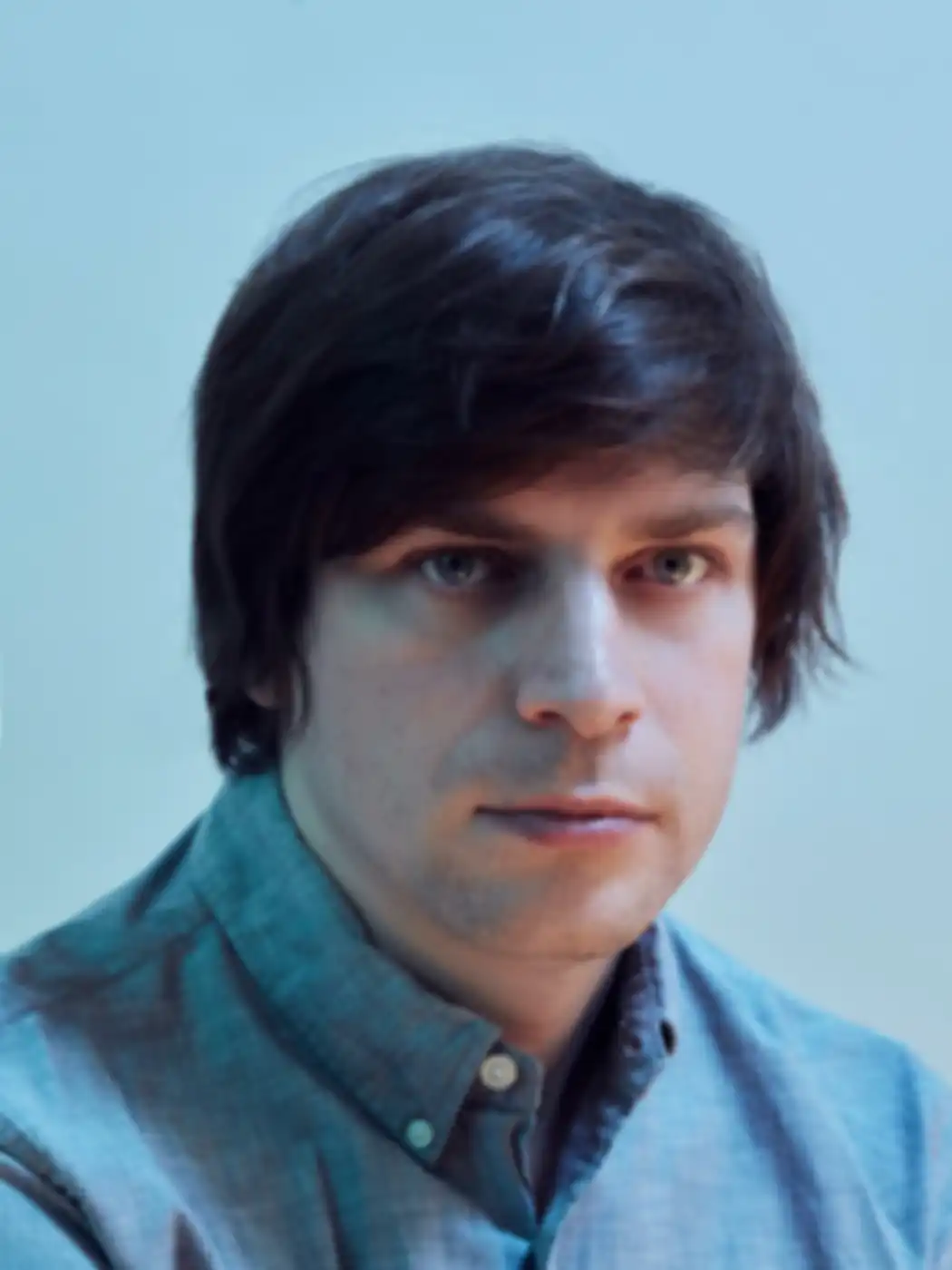
Miro Taphanel always wanted to be an engineer. Engineers create the products that change our lives. They tackle existential problems. He first studied mechanical engineering before switching to computer science, fascinated by its higher complexity. You could say Taphanel feels at home in today’s technology-driven society – he lives, researches, and develops by the motto: Everything you don’t know is interesting.
In his private life, he sails regattas with ambition, spends time with his family, and lives in a self-built house in Karlsruhe.
From Karlsruhe, he is also driving forward Gixel – the startup he founded together with Felix Nienstädt and Ding Luo. Initially, the team aimed to reimagine remote communication by creating a Holodeck
– an environment where people could meet virtually but experience each other as real and natural.
That vision remains – but it has sharpened: Today, Gixel focuses on developing a revolutionary display module for smart AI and AR glasses.
The Mission: The display as the key to true human connection
The founders realized early on: The quality of virtual communication depends heavily on the visual representation of the human being – and thus on display technology. Traditional video conferencing feels flat, artificial, and exhausting. For genuine closeness, something else is needed: a display that enables natural vision, seamlessly merging digital and real worlds.
That’s why Gixel is developing a cutting-edge AR display module that can be integrated into glasses – creating the foundation for immersive remote communication while opening up entirely new fields of application.
The Gixel display enables an ultra-wide field of view, brilliant image quality, and an integration so compact that future AI and AR glasses will be hardly distinguishable from regular eyewear.
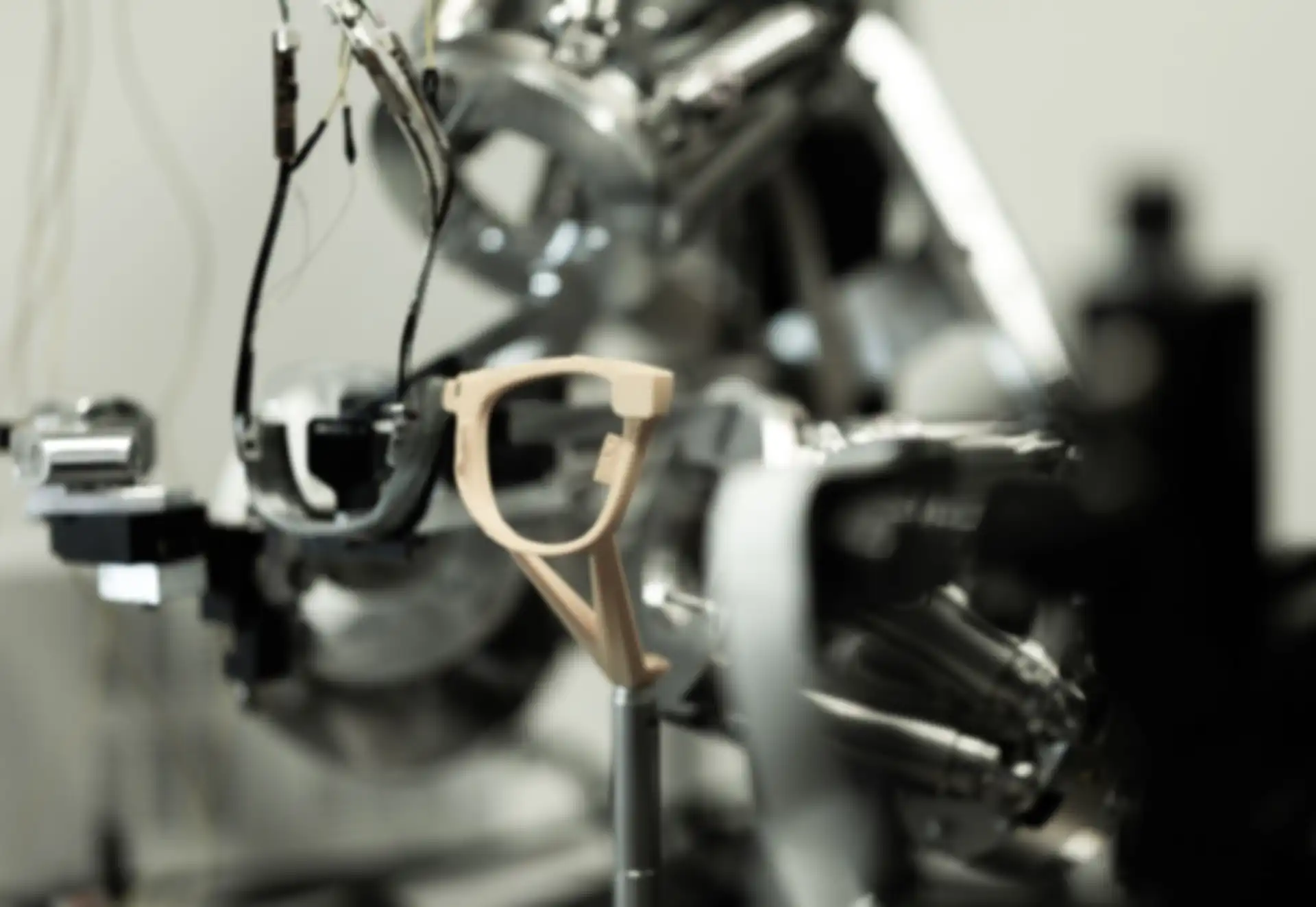
Felix Nienstädt, computer scientist and architect, brings deep expertise in data processing and AI. He develops software that is not only brilliantly conceived but also highly maintainable.
Ding Luo, who earned his PhD in the complex field of high-speed surface profilometry, is an expert in optical systems and computational imaging. His strength lies in rapidly translating theory into working prototypes.
Together with Taphanel, they combine engineering excellence, software expertise, and optical research at the highest level – the perfect mix to push beyond the limits of today’s display technologies.
Gixel’s first Holodeck
was a static system: a ceiling-mounted screen that already enabled impressive AR meetings. But the vision went further – towards everyday, mobile use.
Today, Gixel is working on the third generation of its technology: a display module that can be integrated into AI and AR glasses. This brings the vision of natural, boundaryless communication to life – and at the same time lays the foundation for entirely new markets.
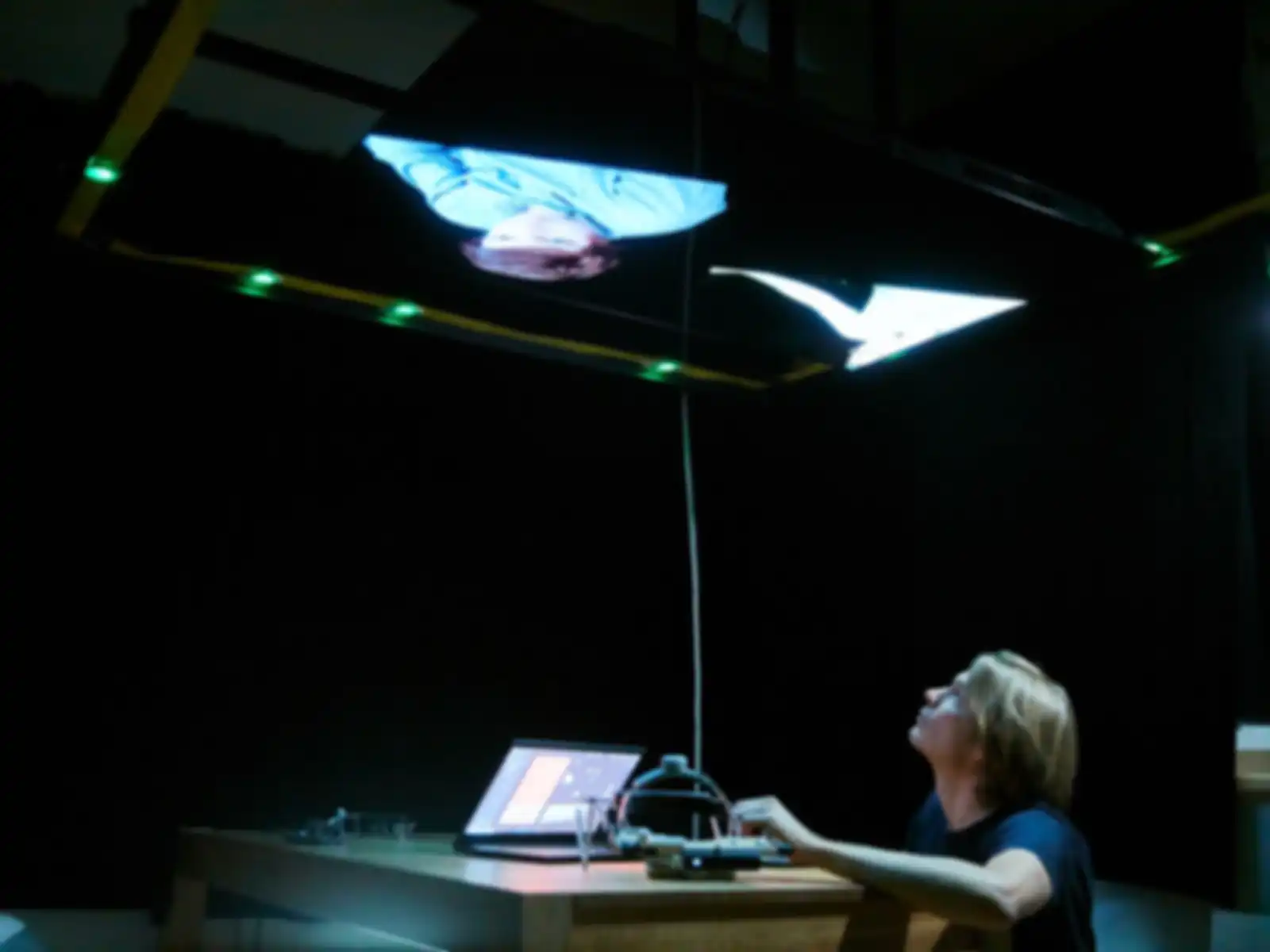
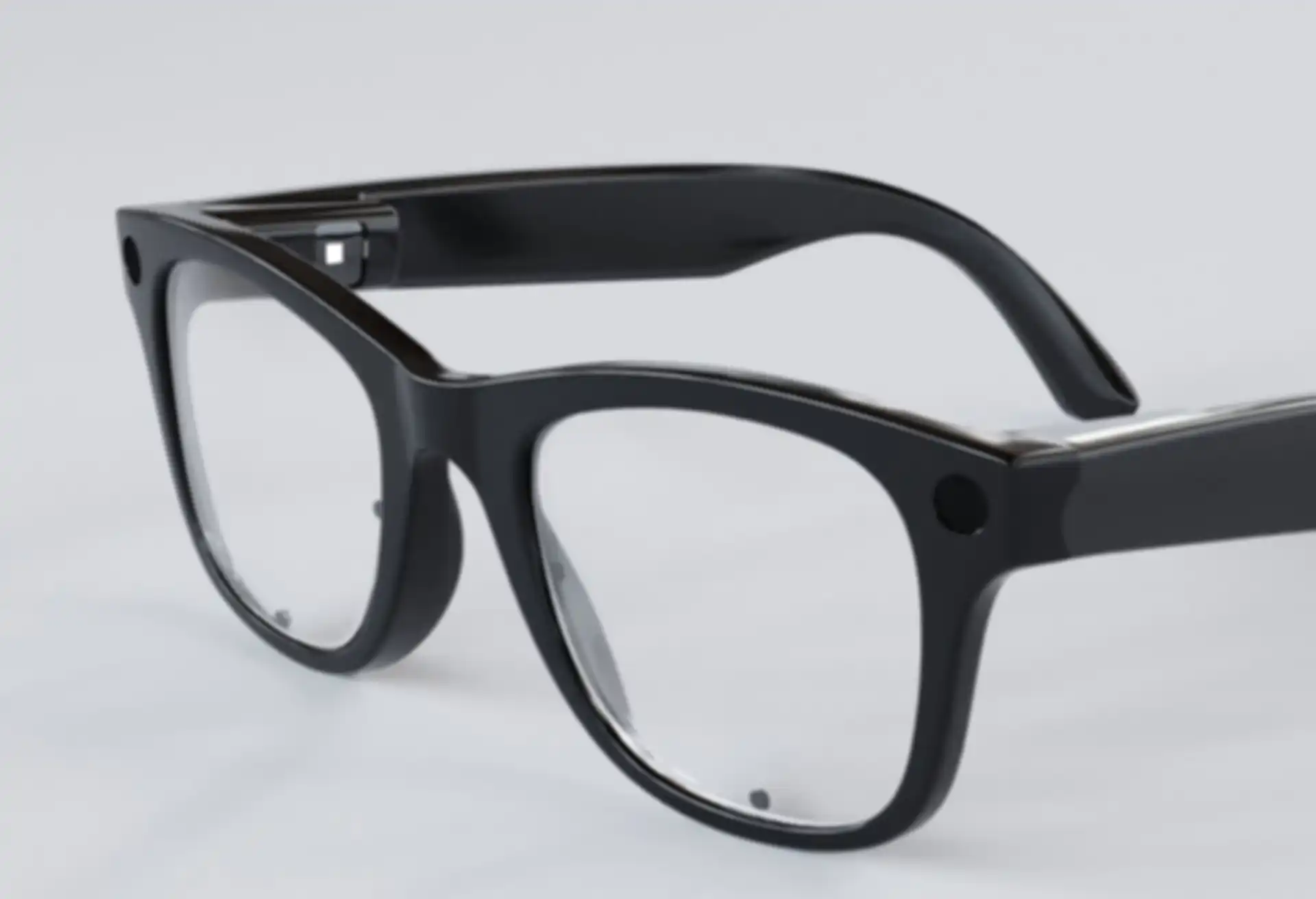
In July 2025, Gixel secured €5 million in an oversubscribed seed round. Among the investors are visionaries such as Brendan Iribe (co-founder of Oculus VR), Ted Schilowitz (former Chief Futurist at 20th Century Fox & Paramount and founding member of RED Digital Cinema), the FlixBus founders, as well as early-stage VC LEA Partners.
With this support, Gixel is advancing the development of its display module and preparing for its Series A funding round in 2026 – with the goal of scaling into small-batch production and bringing the technology to market.
The original motivation – to create a new, human way of communicating – is still at the heart of Gixel. But today, the key is clearer than ever: a display module that empowers smart AI and AR glasses to deliver immersive, everyday reality.
With this, Gixel is not only enabling better remote communication but also laying the foundation for an entirely new era of applications – from AI-powered productivity to immersive collaboration and brand-new forms of interaction and entertainment.
In the far distance, yet so close – with Gixel, it becomes reality.
More about Gixel: https://gixel.de/
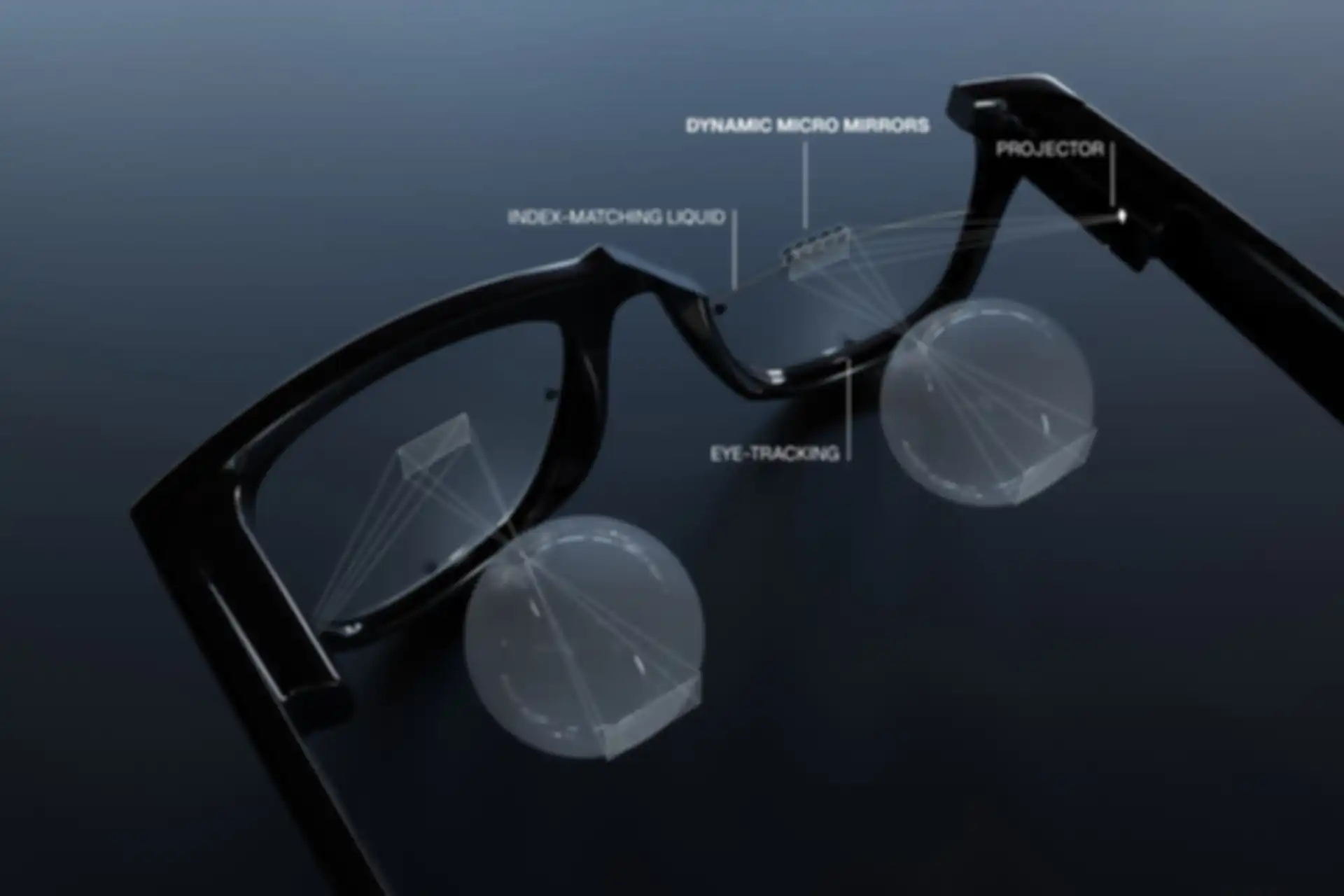
WHY WE ARE INVOLVED Because with this project we are making augmented reality suitable for everyday use. Because the technical approach breaks previous boundaries. Because the potential is immeasurable.
WHAT WE DO Creating a company out of a research project. Provide brilliant innovators with the network and capital to bring their innovation to application.
CREATE FREEDOM, SET GOALS The innovators define the technical direction, SPRIND accompanies the project as a close partner and supports groundbreaking decisions.
THE POTENTIAL WE SEE The online meetings revolution. Augmented reality as a future industry. AR glasses as a daily companion and platform technology.

